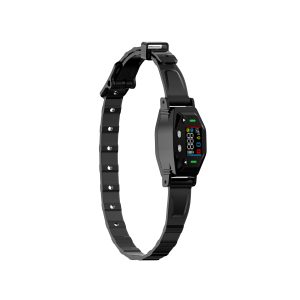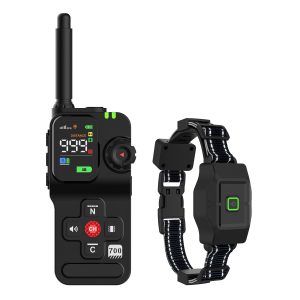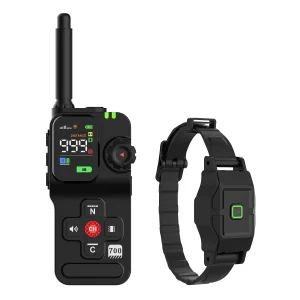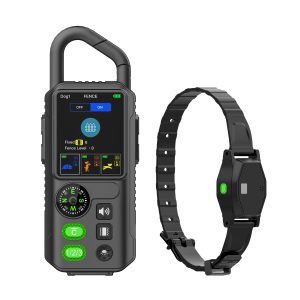The Hidden Dangers of Wireless Dog Fences
In the realm of pet containment, wireless dog fences are often heralded as the ultimate solution for keeping your furry friend safe within the boundaries of your yard. However, beneath their convenient facade lies a host of hidden dangers that every responsible pet owner must be aware of.
Contrary to popular belief, wireless dog fences offer only a false sense of security. Despite claims of effectiveness, these devices are plagued by inconsistency and inadequacy. The unreliable boundaries they create can leave your pet vulnerable to escaping or, worse, potential dangers lurking beyond the invisible barrier.
One of the primary drawbacks of wireless dog fences is their susceptibility to interference. Signal disruptions caused by various factors such as topography, metal objects, or even other electronic devices can render the fence useless, allowing your pet to wander freely without restraint.
Furthermore, the reliance on electric shocks as a deterrent raises serious ethical concerns. Advocates of positive reinforcement argue that the fear and pain induced by these shocks can have detrimental effects on your pet’s well-being, leading to increased stress, anxiety, and behavioral issues.
Instead of entrusting your pet’s safety to the deceptive promises of wireless dog fences, consider exploring alternative solutions that prioritize your pet’s physical and emotional well-being. Traditional fencing options or supervised outdoor play provide a more reliable and humane approach to containing your pet while fostering a sense of security and freedom.
As responsible pet owners, it is our duty to critically evaluate the tools and technologies we employ to safeguard our beloved companions. By unmasking the ineffectiveness of wireless dog fences, we can make informed decisions that prioritize our pet’s safety and happiness above all else.




